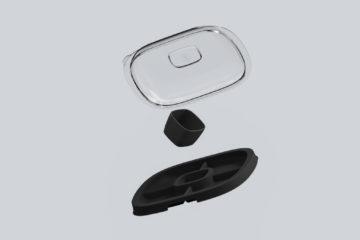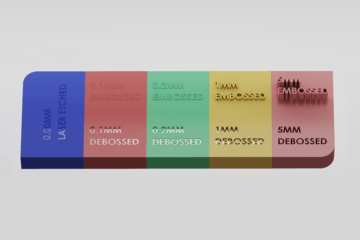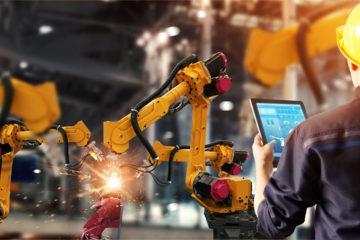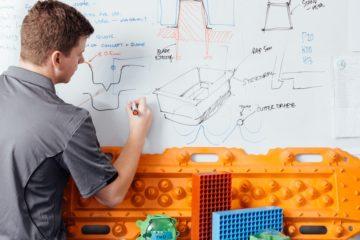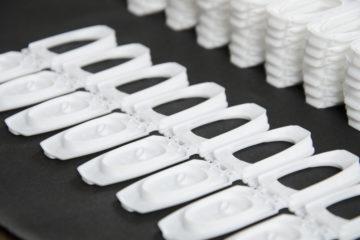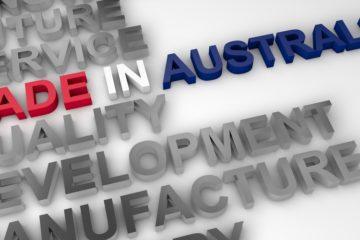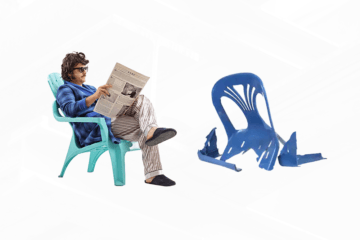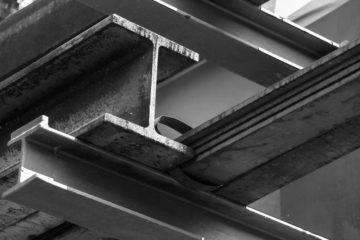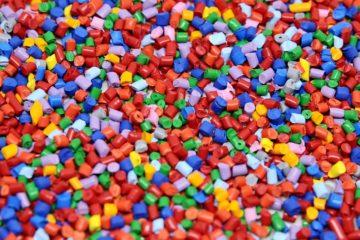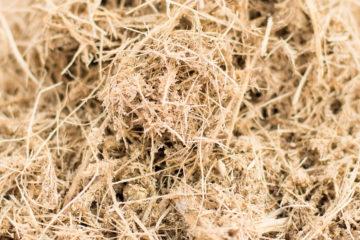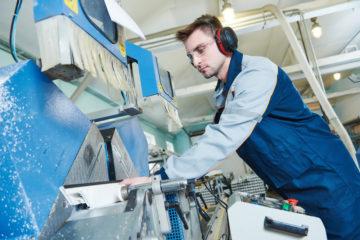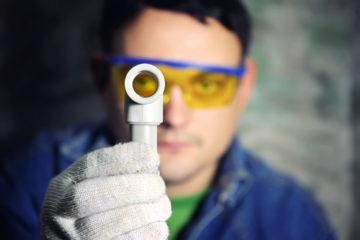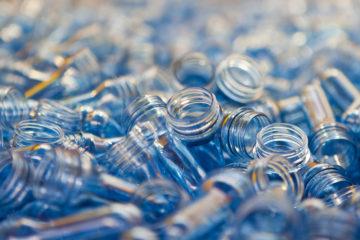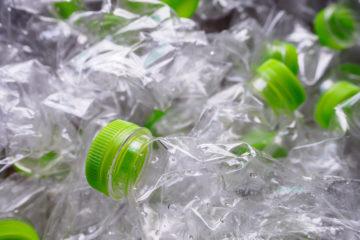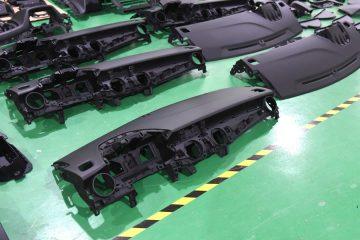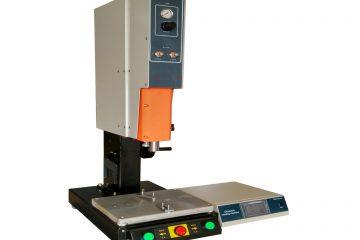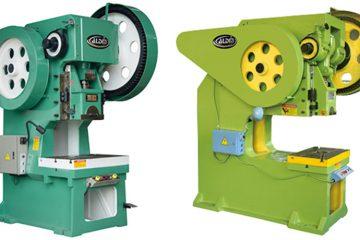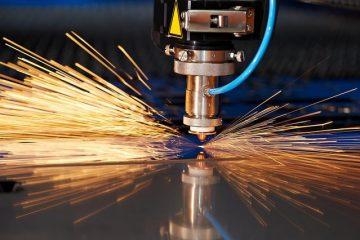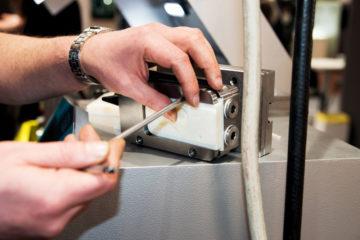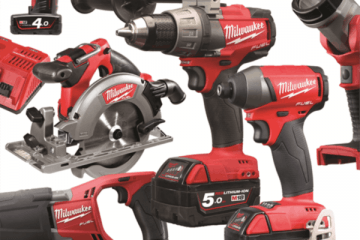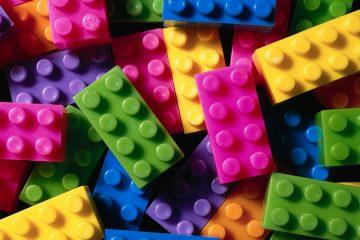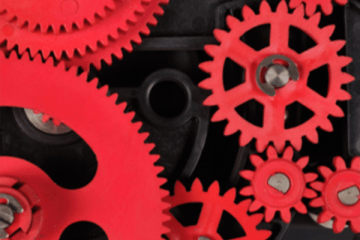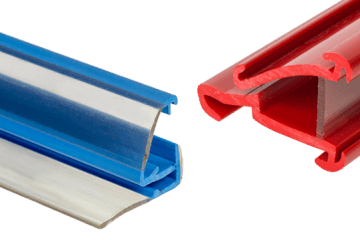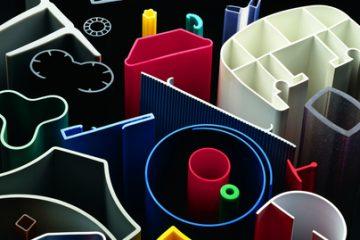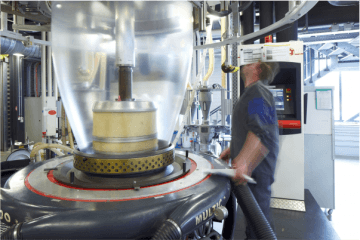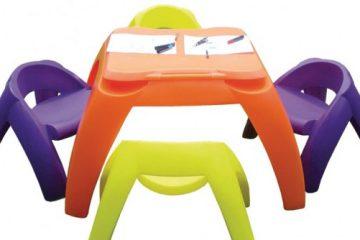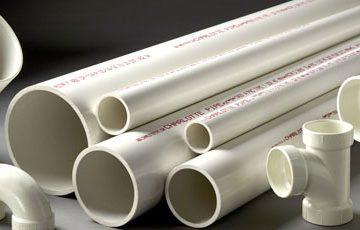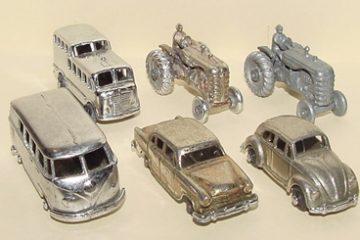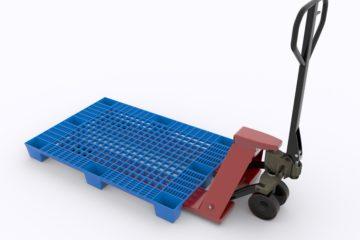
Rotational Moulding (Also known as Roto-Moulding or Rotational Casting) is great at making hollow objects. In fact, you probably enjoyed a roto-moulded product over Easter. Hollow chocolate Easter Eggs are roto-moulded, and so are kayaks, water tanks and hollow kids’ toys. In this article, we’ll show you the basic process of roto moulding and its advantages and disadvantages in comparison to other manufacturing techniques, like injection moulding.
Basic process
The basic process is that a powdered polymer is inserted into a mould which is then heated and spun. The heat liquefies the polymer, which then coats the exterior of the mould in a reasonably even coat of plastic. The mould is then cooled by air or water so that you can open the mould and extract your part. Often you will have to cut away some excess or waste material to have a finished component. The cycle time of roto moulding depend upon the size of the part you’re making and your desired wall thickness. Wall thickness can range from about 2-15mm. Also as there is no core half of the mould, material often builds up in sharp corners – which has the added benefit of reinforcing those areas. The scale of production can be from anything as small as a chocolate egg up to kayaks and water tanks.
Some of the benefits of Roto-Moulding are:
- Ideal for complex hollow Shapes – you can achieve undercuts, and large hollow voids with considerably smaller entry holes.
- It’s a simple process – Roto-moulding is cheaper and simpler than injection moulds because they aren’t subject to pressurisation.
- Cost effective production of large components – Tanks and kayaks would be incredible difficult to Injection mould in a single piece.
Some of the disadvantages of Roto-Moulding are:
- Not accurate – you may find inaccurate wall thickness, or even swirling patterns on the inside of roto-moulded parts.
- Not suitable for mass produced plastic parts with fine tolerancing. No one really seems to mind if they get a chocolate with a millimetre less chocolate than they should.
If you are unsure about your part and tool design, and whether it should be rotomoulded don’t hesitate to get in touch. Either contact us directly or organise a free, 1 hour meeting with our design team.
Subscribe to Our Newsletter
Get the latest news from Dienamics into your inbox







